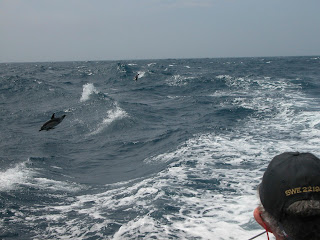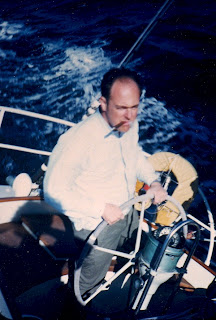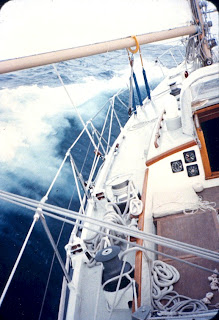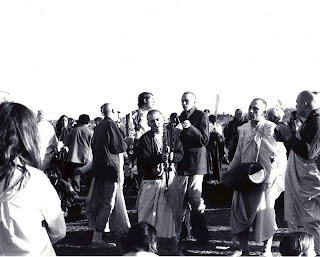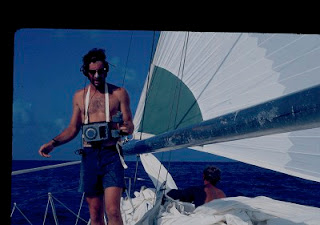Category: transatlantic
HITTING WHALES


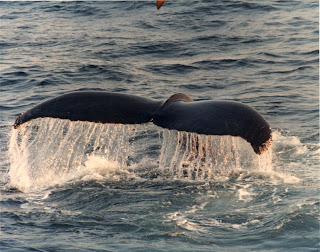 The Volvo boats are racing from Boston to Galway, Ireland. Ericsson 3 hit a whale. I have raced across the Atlantic 7 times never at the speeds of these boats. I have hit whales twice in those crossings.
The Volvo boats are racing from Boston to Galway, Ireland. Ericsson 3 hit a whale. I have raced across the Atlantic 7 times never at the speeds of these boats. I have hit whales twice in those crossings.


found photos
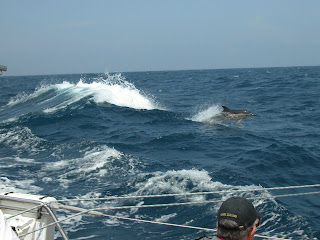 The 2005 trans-atlantic race from New york to Cowes, England,aboard “Tempest” the 80 foot S&S ketch provided an opportunity to sail on the ocean and to photograph nature and each other during the 15 day passage. I have written previously about the race. I only just found the photographs sent to me by Christian Jensen, who was also part of the crew.
The 2005 trans-atlantic race from New york to Cowes, England,aboard “Tempest” the 80 foot S&S ketch provided an opportunity to sail on the ocean and to photograph nature and each other during the 15 day passage. I have written previously about the race. I only just found the photographs sent to me by Christian Jensen, who was also part of the crew.
A KNOCK ON THE DOOR
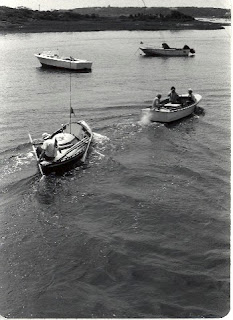 In the summer of 1979, I believe, my wife opened the door to find a frenchman, Gerard d’Aboville. Parked in the street, on a trailer, was his unfinished boat. He had just retrieved the boat from the docks of New York. His first stop was our house as my wife’s family were friends of his family and we were the only contact he had in America.
In the summer of 1979, I believe, my wife opened the door to find a frenchman, Gerard d’Aboville. Parked in the street, on a trailer, was his unfinished boat. He had just retrieved the boat from the docks of New York. His first stop was our house as my wife’s family were friends of his family and we were the only contact he had in America.
BILL SHAY TURNS 70
TRANS-ATLANTIC 2003 & 2005
TRANS-ATLANTIC 2003 & 2005
Woodstock Generation
 I refer to myself as being of the Woodstock generation; although I was not at Woodstock, in fact, at the time, I had no idea what it was. When Woodstock took place I was in the middle of the Atlantic ocean racing.
I refer to myself as being of the Woodstock generation; although I was not at Woodstock, in fact, at the time, I had no idea what it was. When Woodstock took place I was in the middle of the Atlantic ocean racing.
BAZZINI’S
 The photo at the right is of the Bazzini’s. Regrettably it is out of focus. For those of us (the crew of Weald) a swan 48 in the 1975 trans-atlantic race, it is a fond memory. Bazzini’s is really a specialty store; the link will get you there. We had their peanut butter aboard for the race. The poster of the girls somehow got labeled.
The photo at the right is of the Bazzini’s. Regrettably it is out of focus. For those of us (the crew of Weald) a swan 48 in the 1975 trans-atlantic race, it is a fond memory. Bazzini’s is really a specialty store; the link will get you there. We had their peanut butter aboard for the race. The poster of the girls somehow got labeled.
"My Life" Ed du Moulin
 I unexpectedly received at Christmas a copy of Ed du Moulin’s book “My Life”. During the Jubilee in 2001 at Cowes Ed came aboard “Columbia” the 12 meter along with Jim Hardy and presented me with a copy of his book ” The America’s Cup and Me”.
I unexpectedly received at Christmas a copy of Ed du Moulin’s book “My Life”. During the Jubilee in 2001 at Cowes Ed came aboard “Columbia” the 12 meter along with Jim Hardy and presented me with a copy of his book ” The America’s Cup and Me”.


